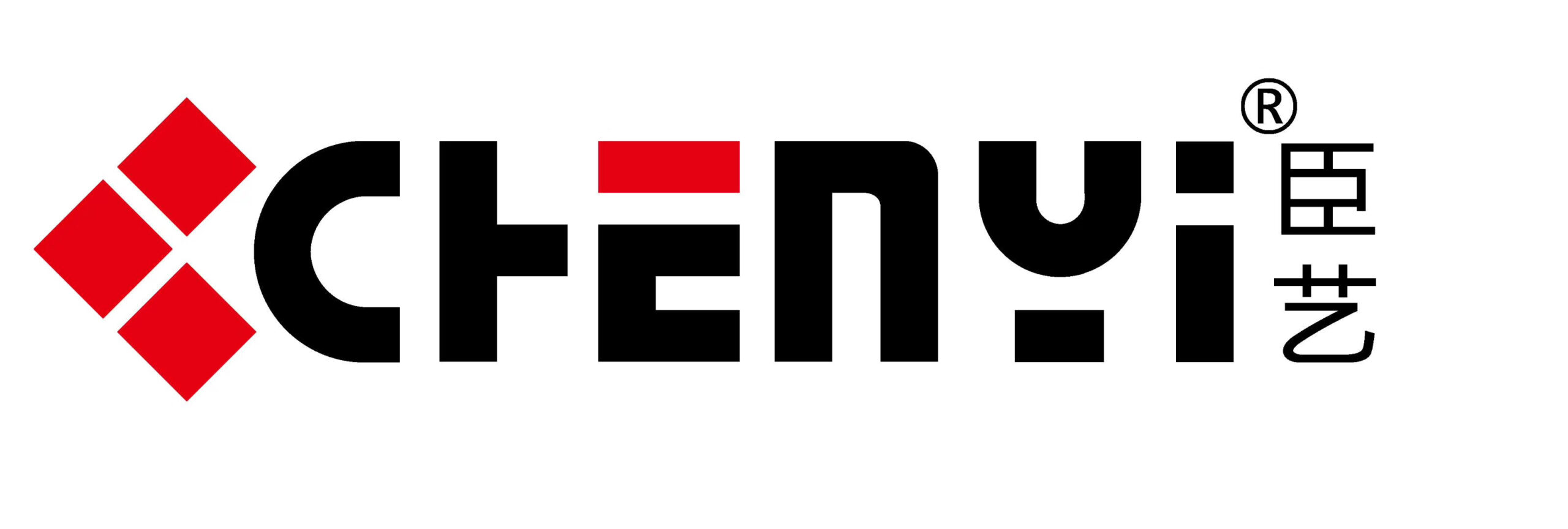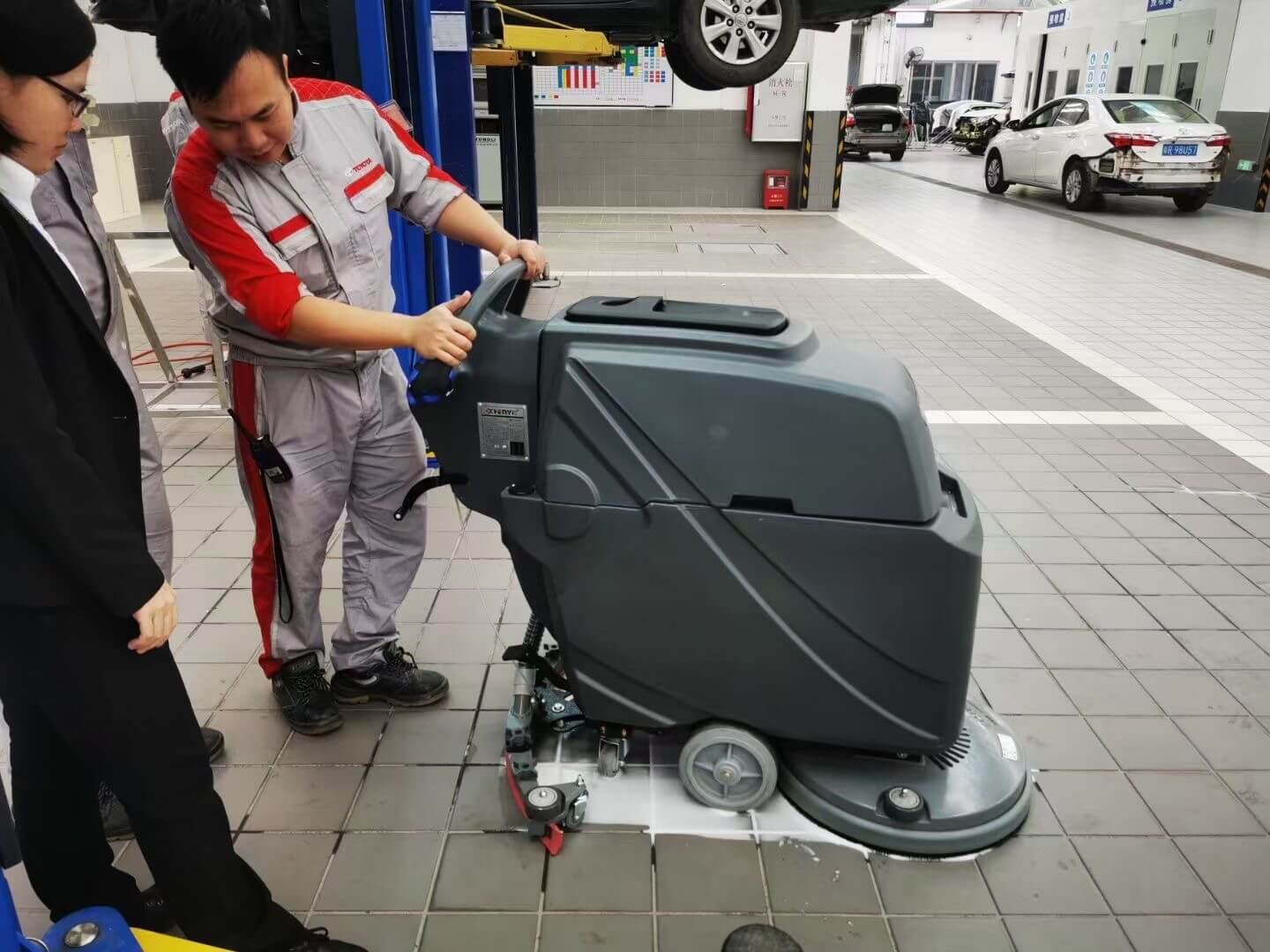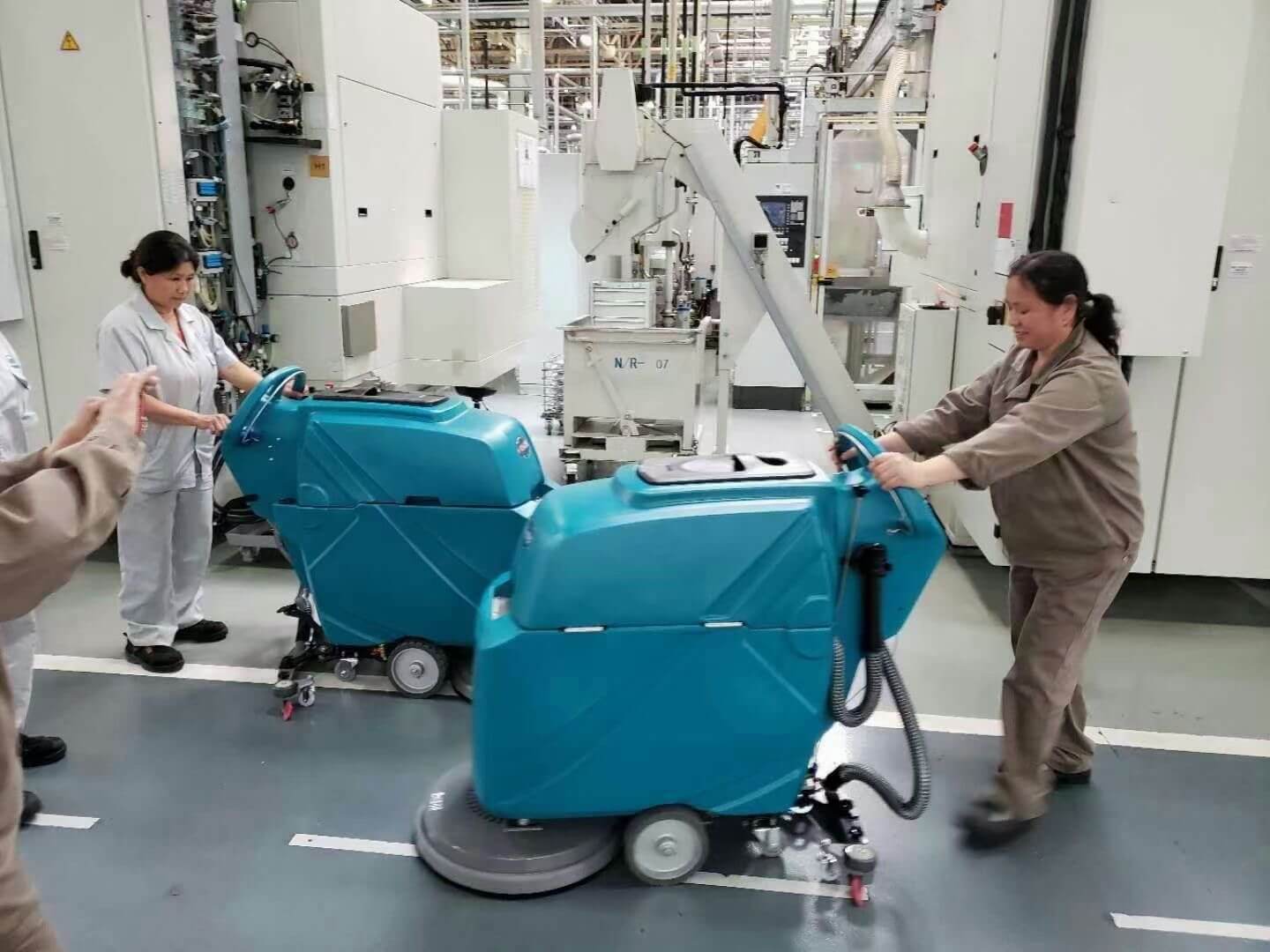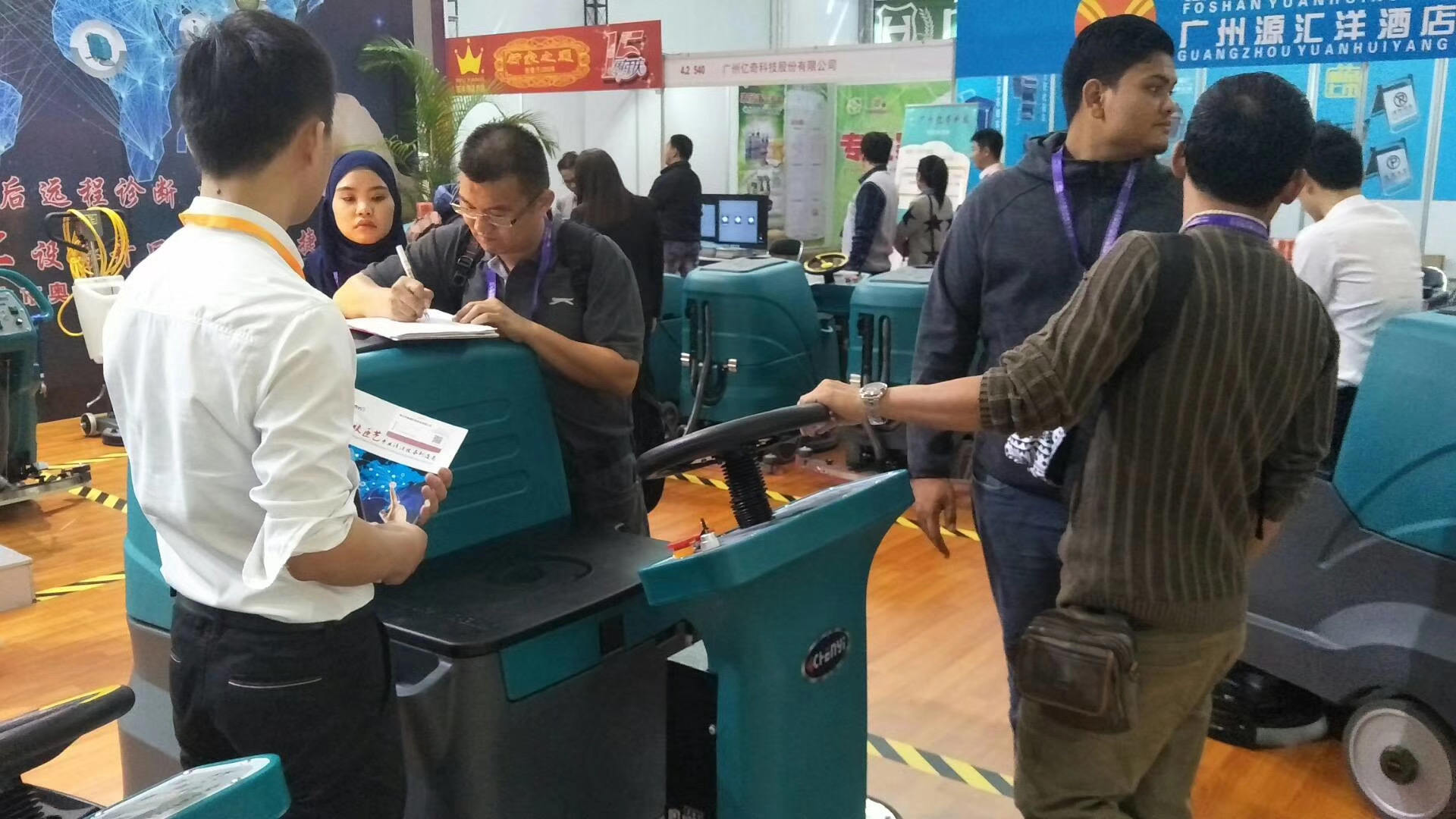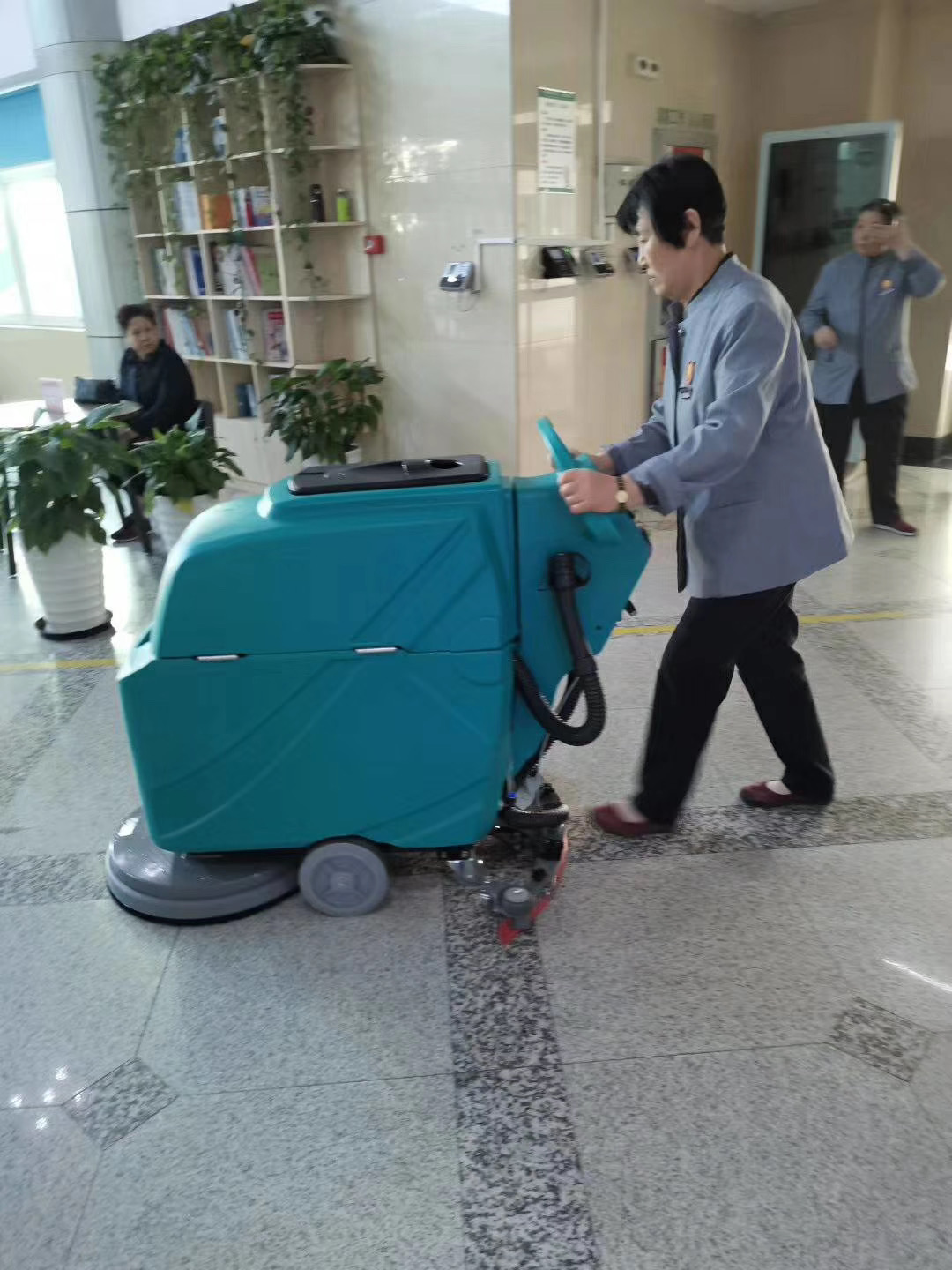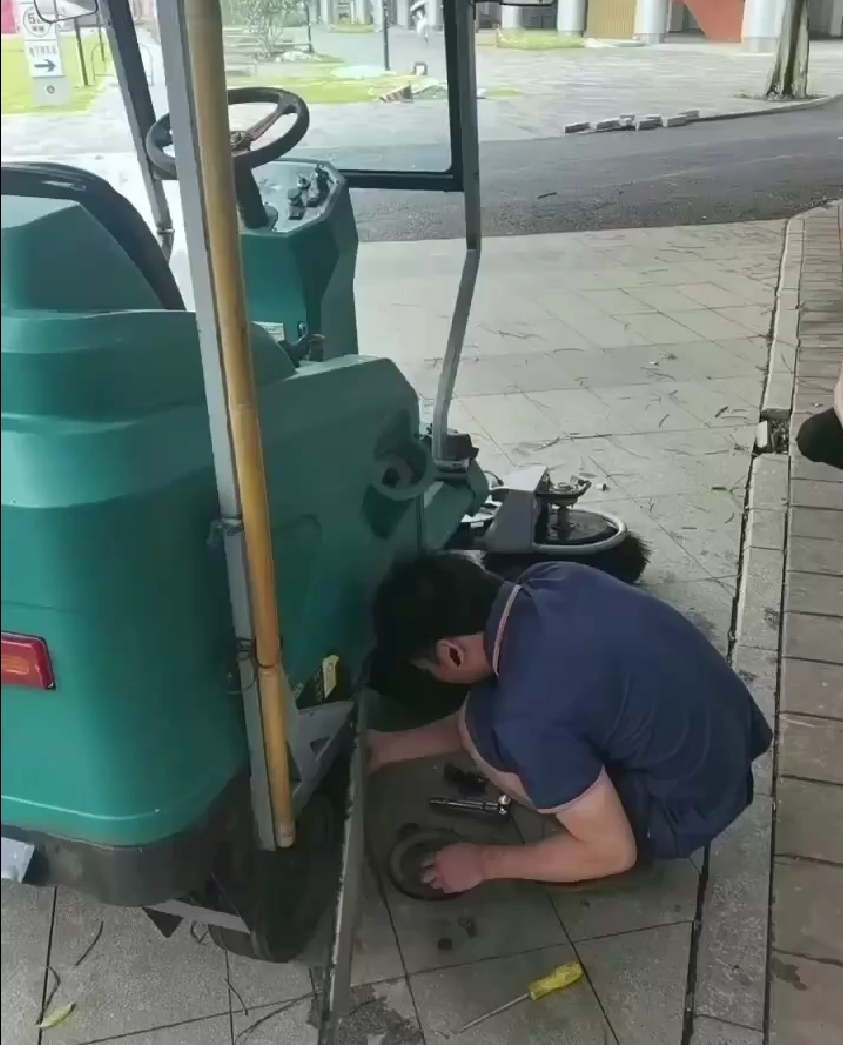Are your floor scrubbers losing cleaning power or breaking down more often than expected?
You’re not alone — and you’re in the right place.
As a professional floor cleaning machine manufacturer, I’ve seen this time and time again: a perfectly good floor scrubber underperforming simply because it wasn’t maintained properly. And here’s the good news — with just a few minutes a day and a little weekly care, you can dramatically extend the life of your machine, save on repairs, and ensure top-tier performance.
In this article, I’ll give you the exact maintenance checklist we provide to our clients worldwide — from shopping malls in Dubai to hospitals in Los Angeles. You’ll also get troubleshooting tips, signs to watch for, and a clear call to action if you ever need professional help.
Let’s dive in.
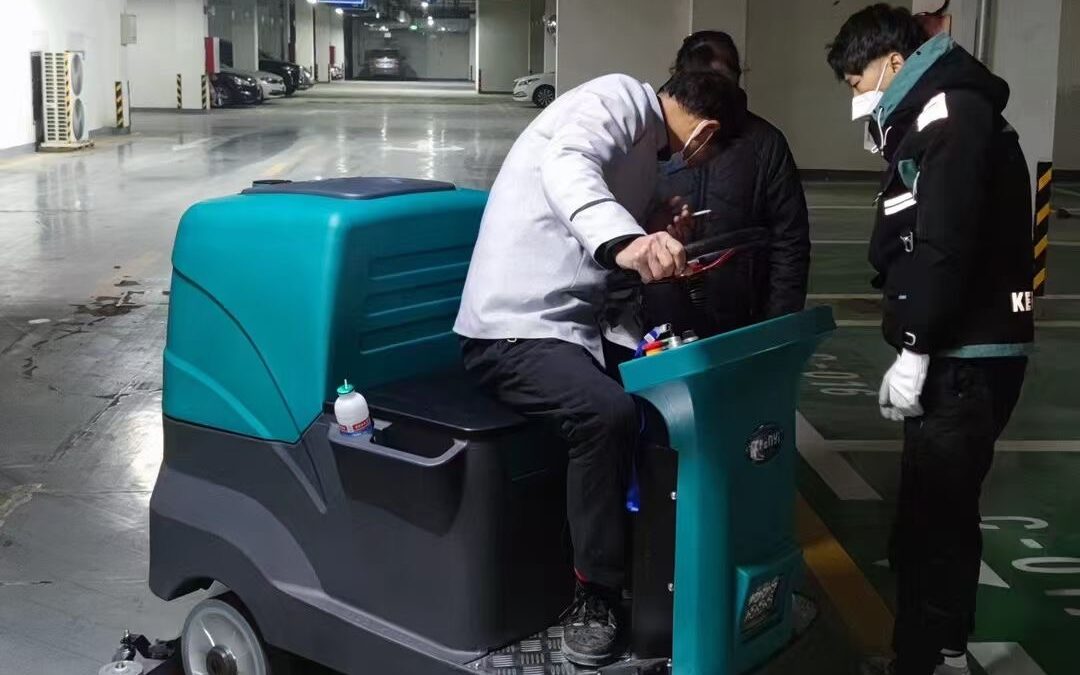
Why Floor Scrubber Maintenance Is a Must (Not a Maybe)
I always tell my customers this:
“Buying a commercial floor scrubber is only half the job — maintaining it is the real investment.”
Think about it: These machines work hard every day. They suck up dirty water, grind against rough surfaces, and handle all kinds of chemicals. Without regular cleaning and checks, even the best machine from the top floor cleaning tools factory will wear out early.
Benefits of regular maintenance:
- Keeps your floors spotless and streak-free
- Prevents costly breakdowns
- Extends machine lifespan
- Protects your warranty
- Keeps your staff safe and efficient
Whether you own a ride-on scrubber for warehouses or a walk-behind model for retail stores, the basics of care stay the same.
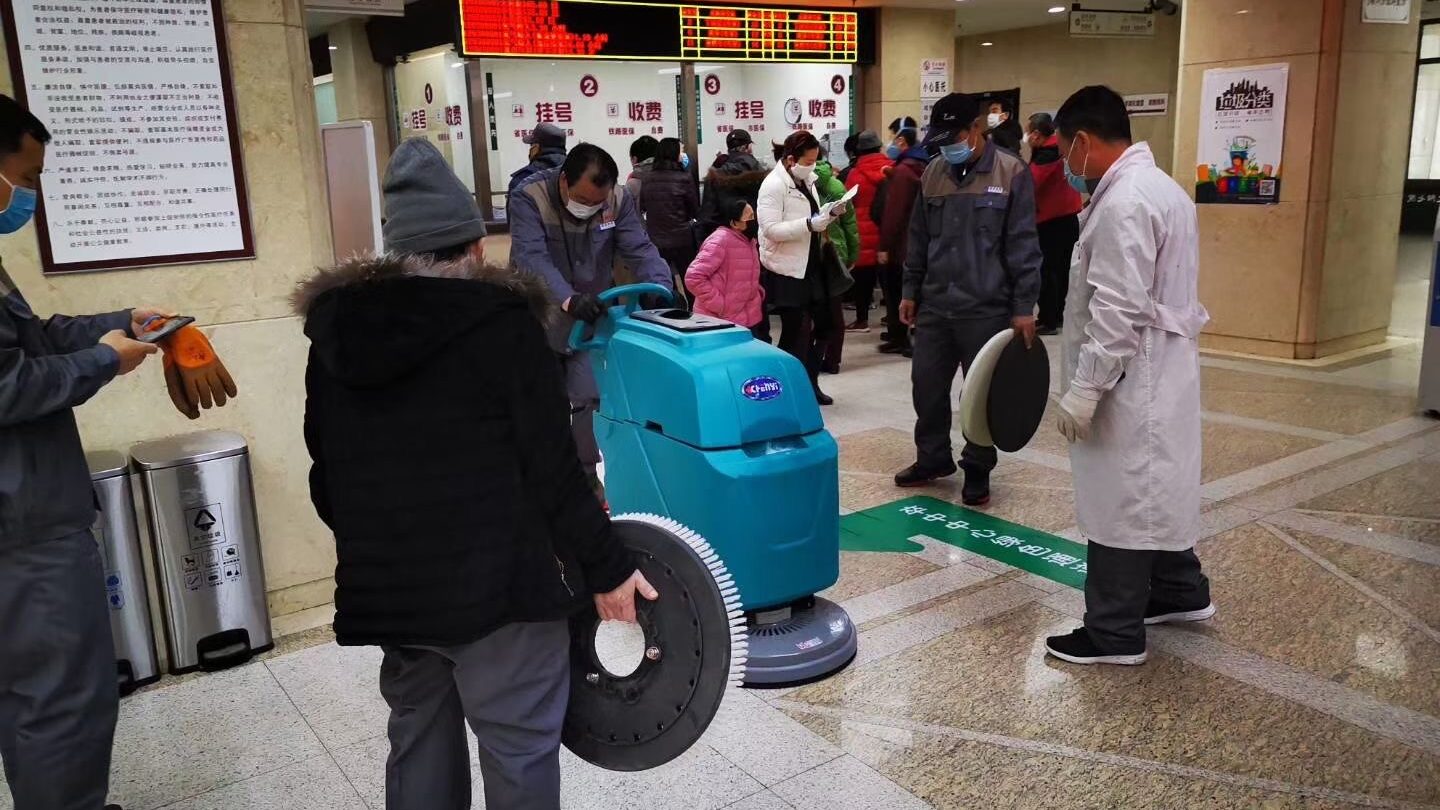
Daily Floor Scrubber Maintenance Checklist
This routine takes less than 15 minutes a day, and I promise — it’ll save you hours of downtime.
| Task | Why It Matters |
|---|---|
| 1. Empty the recovery tank | Dirty water left overnight creates odors and clogs filters |
| 2. Rinse the recovery and solution tanks | Prevents buildup and bacteria growth |
| 3. Clean the squeegee assembly | Keeps floors dry and prevents streaks |
| 4. Remove and rinse brushes or pads | Dirt build-up affects cleaning performance |
| 5. Check the battery charge and cables | Low voltage shortens battery life |
| 6. Inspect vacuum and brush motors for noise | Early signs of failure often sound different |
🛠 My tip: Use a flashlight to inspect inside the tanks weekly. Algae and soap scum often sneak up on you.
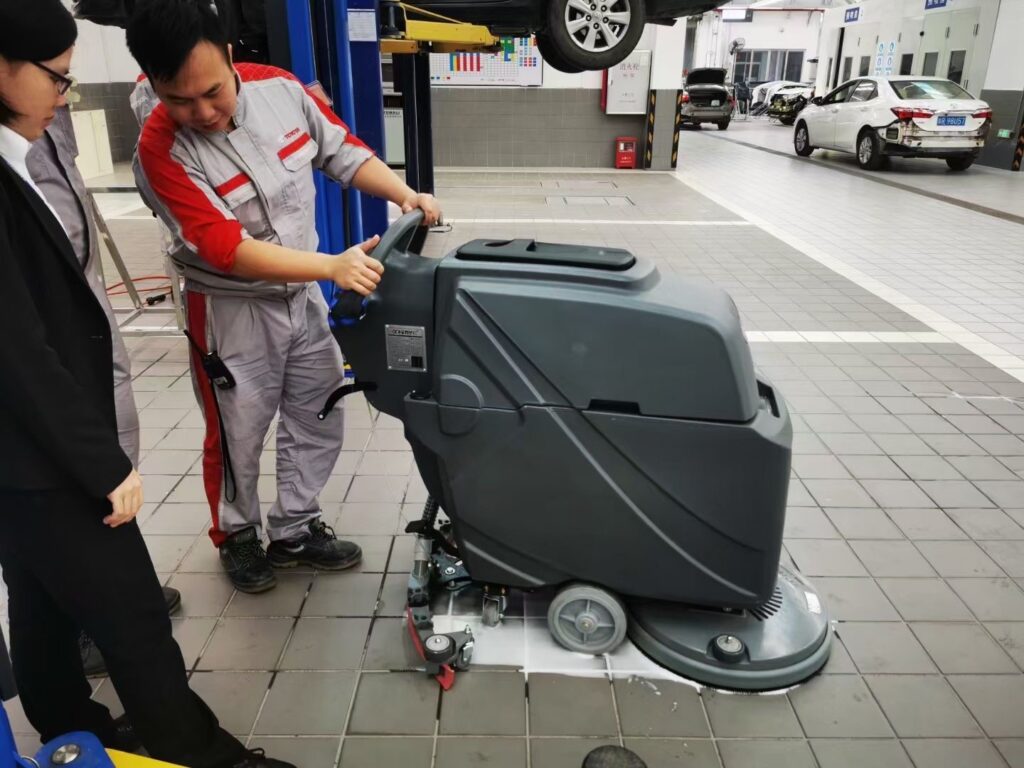
Weekly Floor Scrubber Maintenance Checklist
A weekly check-up gives you a chance to catch bigger issues before they turn into repair bills.
| Task | Why It Matters |
|---|---|
| 1. Check squeegee blades for cracks | Worn blades leave water on the floor |
| 2. Inspect all hoses for leaks or cracks | Vacuum loss usually starts with loose hose fittings |
| 3. Tighten all visible bolts and fasteners | Constant vibration can loosen parts |
| 4. Clean the vacuum filter | Blocked filters reduce suction power |
| 5. Check caster wheels for wear | Uneven wheels affect brush contact pressure |
| 6. Test control panel functions | Broken buttons or sensors can lead to misoperation |
If you’re managing multiple machines in a facility, you might want to print this checklist and attach it near your charging station. We’ve even helped clients embed QR codes that link to maintenance videos.
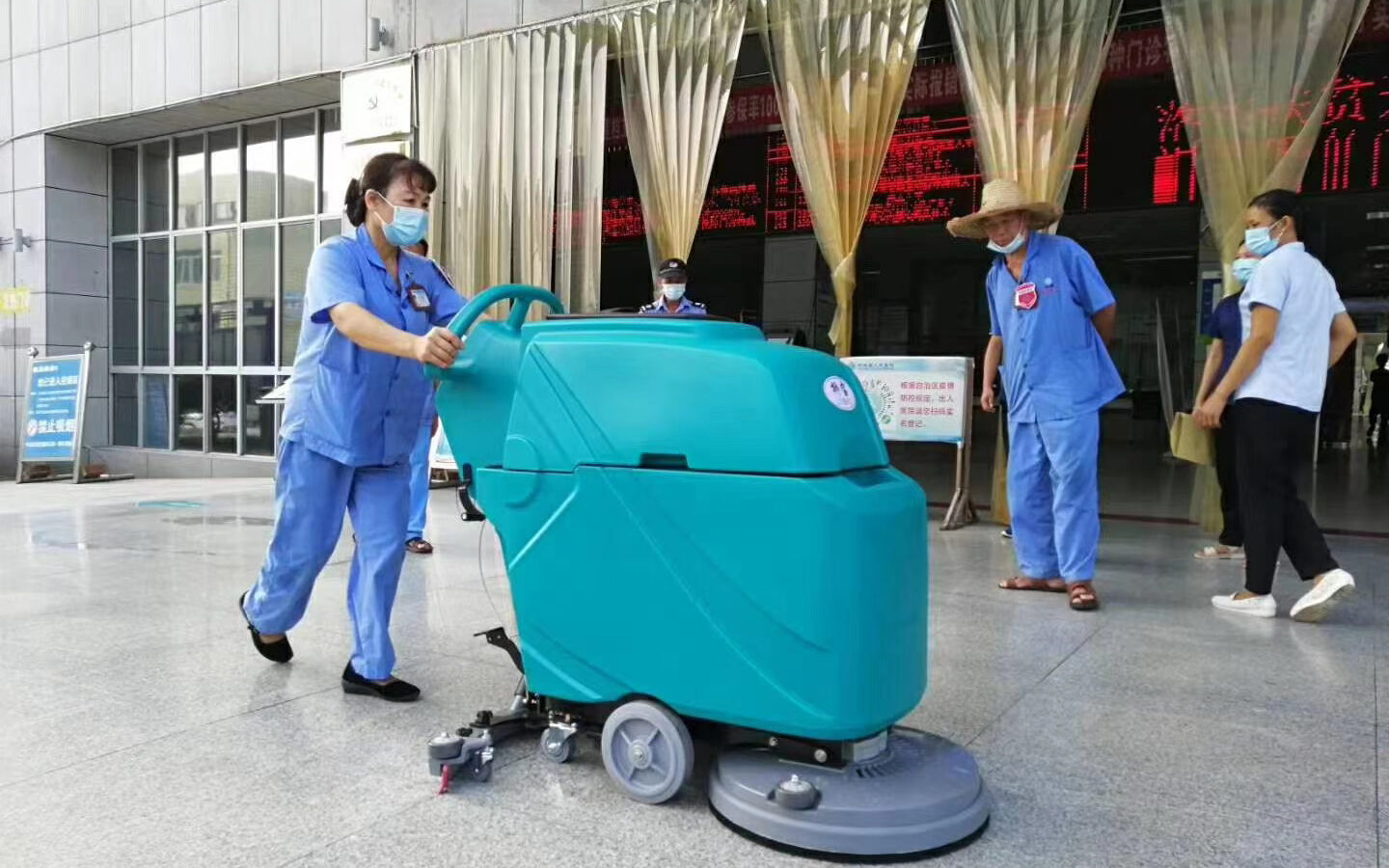
Common Issues and How to Fix Them (Troubleshooting Table)
Even with good maintenance, floor scrubbers can run into issues. Here’s how we usually guide our customers to resolve them — fast.
| Problem | Possible Cause | Solution |
|---|---|---|
| No suction | Clogged vacuum hose or dirty filter | Remove blockage, clean/replace filter |
| Poor water pickup | Worn or misaligned squeegee blades | Adjust or replace blades |
| Weak scrubbing | Worn-out brushes or low brush pressure | Replace brushes or increase pressure |
| Battery not charging | Faulty charger or battery | Test charger, inspect terminals, replace if needed |
| Machine not moving | Safety switch on or motor issue | Check user panel settings and motor wiring |
Remember, most of these problems are avoidable if the daily checklist is followed consistently.

What Kind of Cleaning Solution Should You Use?
Not all soaps are created equal. Using the wrong detergent can damage internal parts, corrode pumps, or void your warranty.
Here’s what we recommend:
- Use low-foam, pH-neutral cleaners made specifically for floor scrubbers
- Avoid bleach or acidic cleaners
- Always dilute chemicals properly
- Run clean water through the system weekly to flush residues
We’ve partnered with several cleaning chemical brands — feel free to ask us for recommendations based on your floor type.
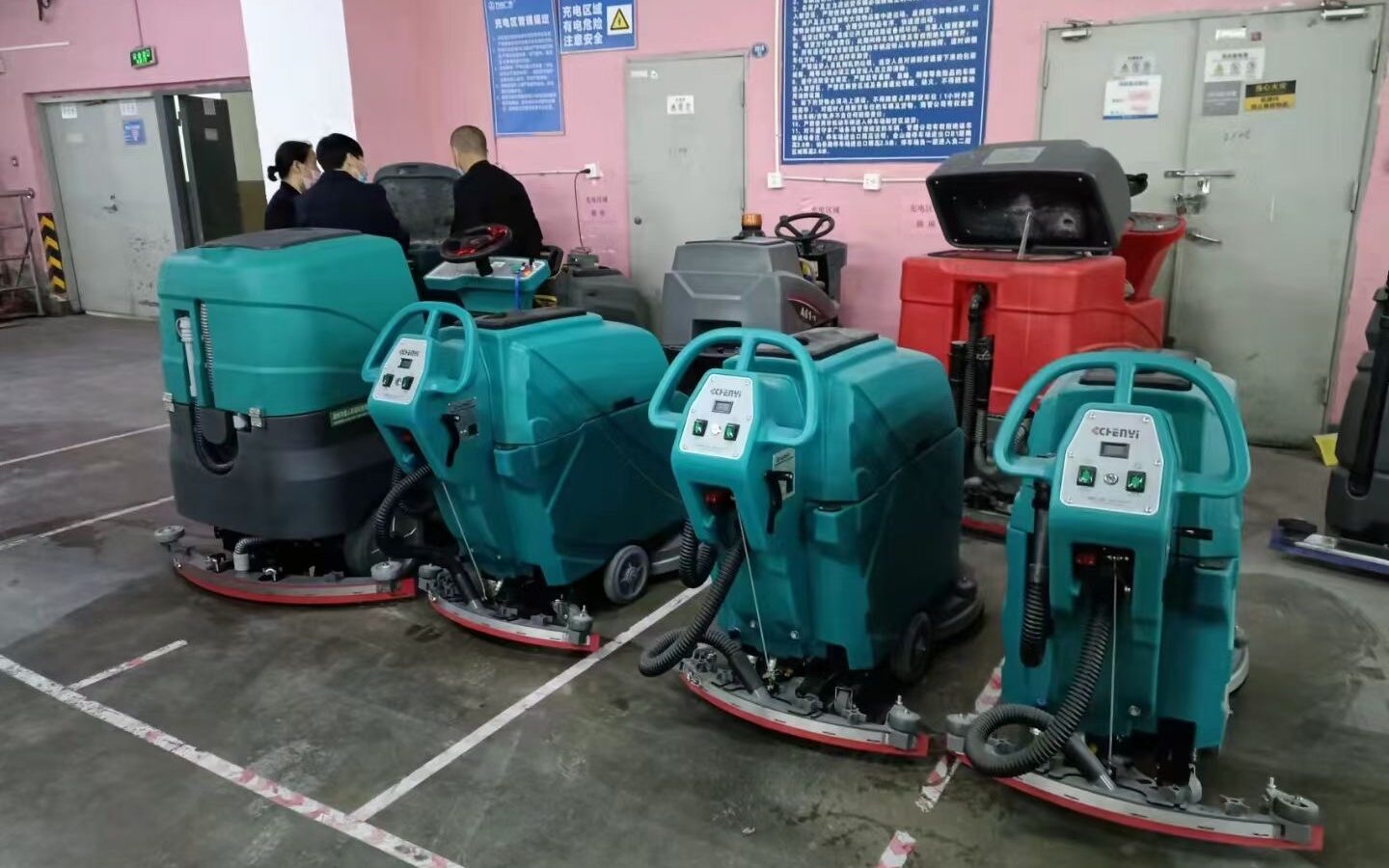
Servicing Schedule (Monthly, Quarterly, Annually)
Besides your own team’s maintenance, we recommend scheduled servicing by trained technicians — especially if your machine runs daily.
| Interval | What to Service | By Whom |
|---|---|---|
| Monthly | Electrical checks, motor temperature | Internal maintenance staff |
| Quarterly | Replace worn parts (gaskets, pads), battery load test | Certified technician |
| Annually | Full machine inspection, software update, deep clean | Manufacturer or dealer |
If you’re unsure when your last service was, we can help you set up a preventive maintenance program.
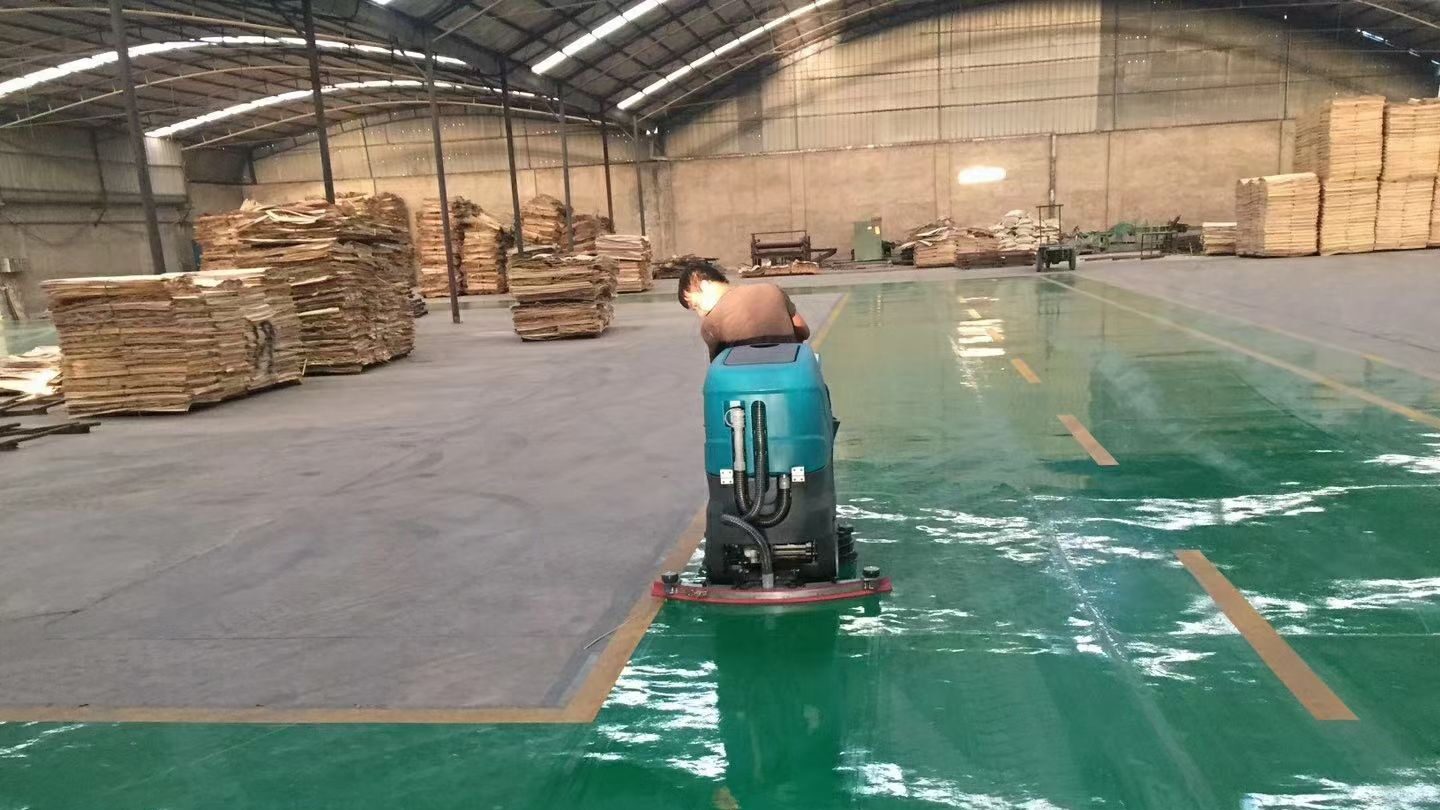
Visual Guide: Floor Scrubber Maintenance Flow
🖼️ [Insert Infographic Here] – “Your 5-Minute Daily Floor Scrubber Maintenance Flow”
(Include icons for tanks, squeegee, battery, brush, and filter)
🛠️ Click here to take a quick look our free maintenance guide.
Our Support Doesn’t End with Delivery
As a trusted commercial floor cleaning equipment supplier, we don’t just sell machines — we build partnerships.
Here’s what you get when you work with us:
- Free training videos in English, Spanish, and French
- Step-by-step maintenance manuals
- 1-on-1 after-sales support
- Easy ordering for spare parts
- Remote diagnostics via app (available on select models)
I’ve personally helped clients troubleshoot machines over WhatsApp video while standing inside their warehouse. That’s the level of commitment we bring.
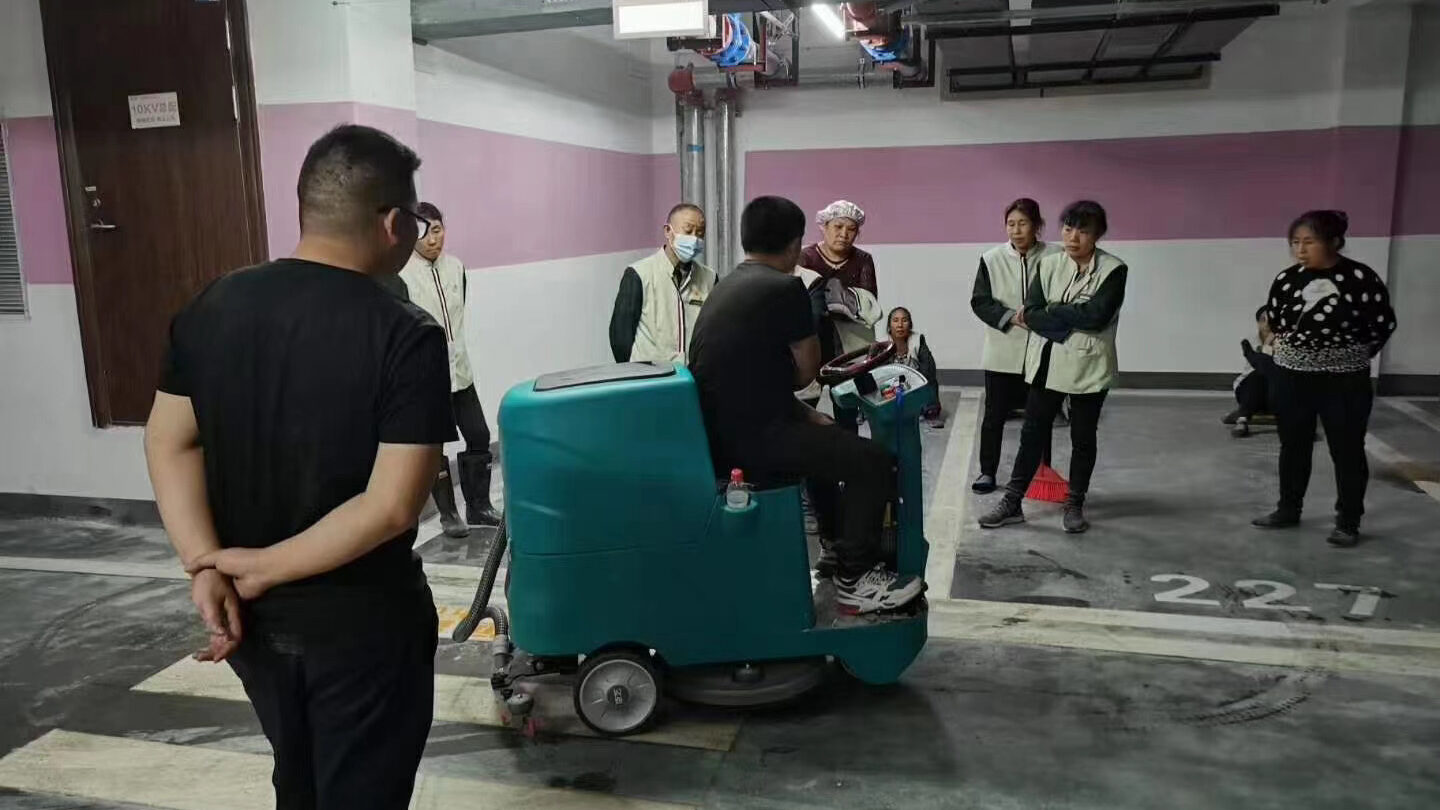
FAQs: Floor Scrubber Maintenance and Servicing
❓ How often should I replace scrubber pads or brushes?
It depends on your floor type and usage, but most need replacing every 3–6 months. Look for flattened bristles or frayed edges.
❓ What kind of water should I use in the solution tank?
Use clean, tap water. Avoid hard water where possible — or install a simple in-line filter.
❓ Do I need to dry the recovery tank after each use?
Yes. Leaving water inside can lead to bacteria, bad smells, and faster rust.
❓ Can I service the machine myself or do I need a technician?
Daily and weekly tasks are DIY-friendly. But for internal repairs, we always recommend a certified technician to avoid safety risks.
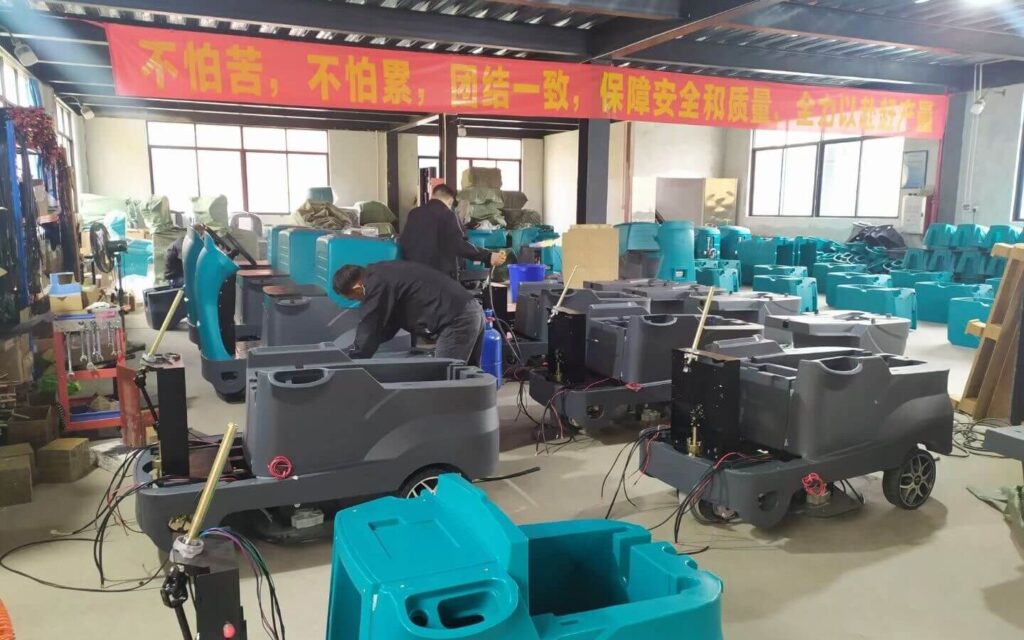
Keep Your Machines Running Like New – Let’s Help You Get There
Trust me, I know how busy operations can get. But I’ve seen firsthand what happens when maintenance is ignored — and what happens when it’s done right.
With a clear plan and just a few minutes a day, you’ll extend your machine life by years, reduce costs, and keep your cleaning results top-notch.
👉 Need help with service or spare parts? Contact Our After-Sales Team
We’re here to make your job easier — let’s keep your floor cleaning machines running strong.
